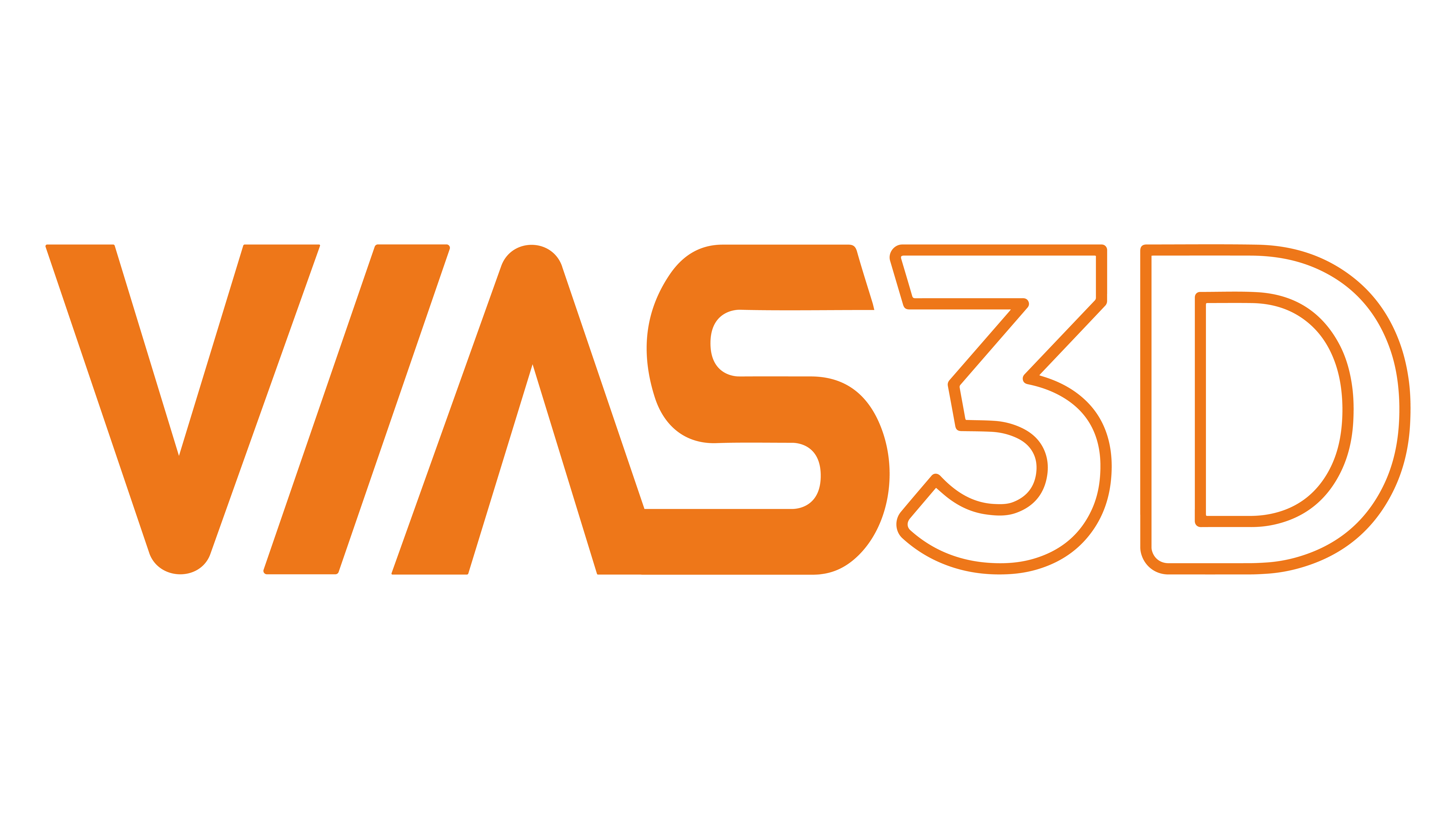Package designers often create appealing and innovative concepts; however, these designs cannot make it to the end of its lifecycle if the package can’t move efficiently through the manufacturing, transportation, and storage processes.
In silico testing, engineers are allowed to simulate how a new bottle design will behave at every stage of its lifecycle, thereby lowering costs, improving sustainability, and driving consumers to put their products market. Using
Steps in CPG journey
Ideation and Concept Selection – Using CATIA software, designers can quickly sketch out their ideas in 3D, and consumers can experience those sketches virtually without physical prototypes. Together, designers, customers, and engineering can quickly transform ideas into optimized product experiences.
Modeling & Simulation – With concurrent simulation and modeling capabilities, engineers are able to carry out design verification and validation earlier on in the design process. Modeling and simulation in SIMULIA can vastly accelerate product development, resulting in the reduction of physical testing and prototyping.
Manufacturing – Manufacturers must be able to leverage comprehensive manufacturing, optimization, automation, and process planning solutions, where operations can be synchronized across every part of the supply chain from strategic to tactical to operational planning levels. Simulations enable to evaluate different scenarios while monitoring their impact on relevant KPIs.
Transportation and Storage – Virtual testing allows evaluation of a package behavior throughout its transportation and storage cycles, without having to perform physical testing on prototypes. This reduces the duration of the design stage, which results in lower costs, improved sustainability, and a shorter time to market.
Customer & Consumer – New designs need to be tested to ensure they meet all of the essential technical requirements such as drop testing, shelf-life, squeezability and tearing. Failure on any one of these can jeopardize a product launch, dramatically hurting sales. By simulating the packaging characteristics and testing in a virtual environment, the design can be modified before
spending to produce anything in the physical world, which heavily reduces the costs by ensuring package performance before investing in molds.
Circular Economy Recycling – Improving supply-chain traceability, contributing to optimized inventory, providing higher quality data that drives better forecasting, and reducing inventory shrinkage throughout the supply chain are a few of the many benefits that DELMIA software can offer. By combining quality management and information intelligence and track-and-trace systems, manufacturers can predict patterns in product quality to deliver the highest quality of food and beverage products that they are capable of.
About VIAS3D
VIAS3D engineering and simulation team combines decades of analytical and design experience. They have successfully helped to design various products from many industries for strength, stability, rigidity, and fatigue endurance. Our design and analysis capabilities are accomplished through advanced engineering modelling techniques such as Finite Element Analysis (FEA), Computational Fluid Dynamics (CFD), Electromagnetics (EMAG) and other tools.
Using these advanced tools, we can capture complex design features and nonlinearities arising from materials, geometry, and surface interactions to simulate designs and predict their response before they are brought in production.





